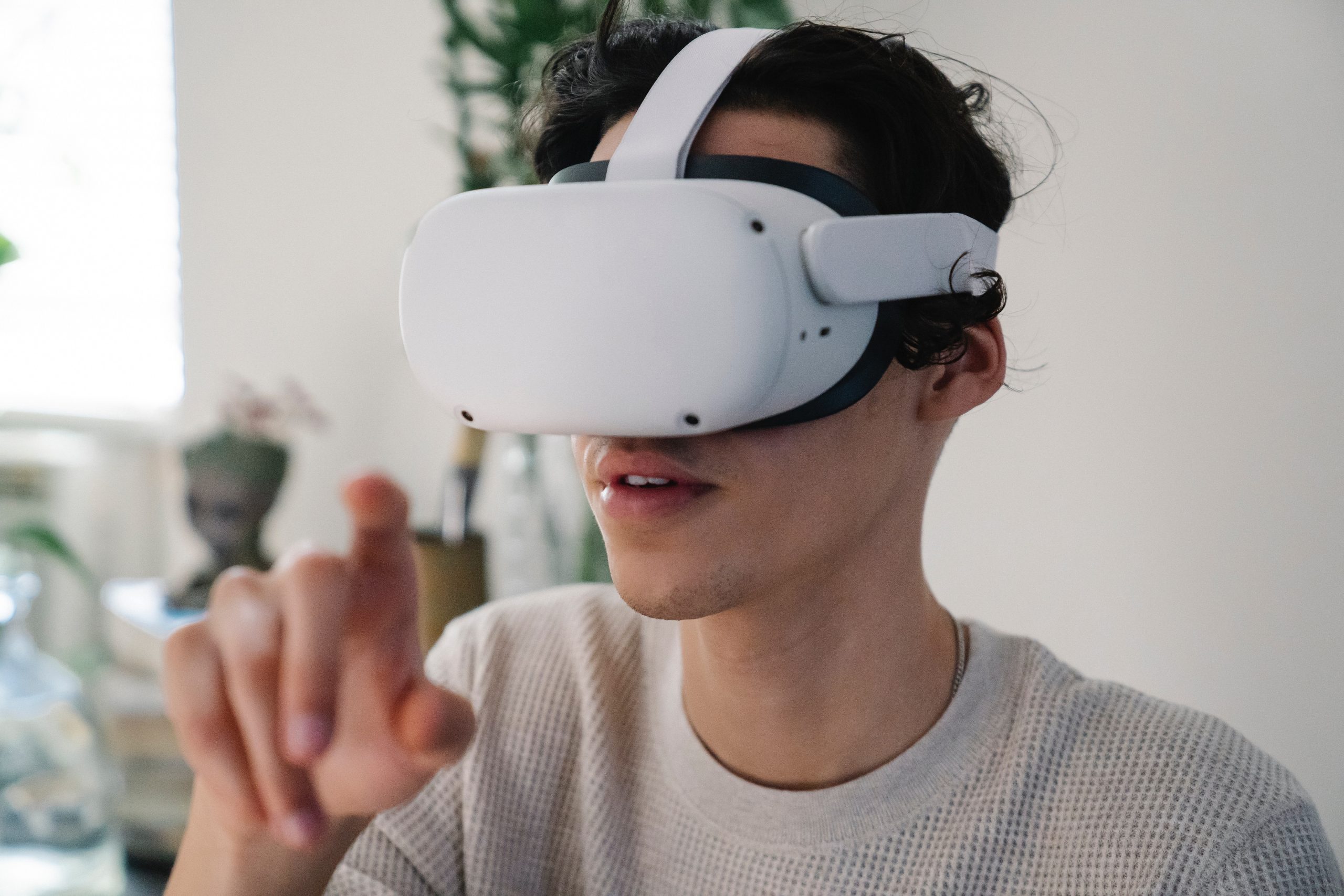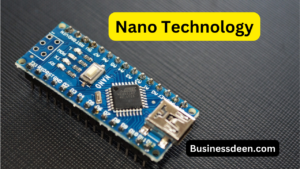Extending reality: what happens when we blur the lines between what’s real and what’s not?
Extending reality: what happens when we blur the lines between what’s real and what’s not? The concept of extended reality (XR) isn’t exactly new, but it’s seeing a resurgence in popularity now thanks to the rise of new technologies, such as augmented reality and virtual reality, that allow us to merge the real and virtual worlds. This has led to what many are now referring to as the blurring of lines between what’s real and what’s not, but what does that mean exactly? How can you become an XR designer if this is your passion? And how will XR impact both designers and the average consumer over time?
What are augmented, virtual, and mixed realities?
Augmented Reality (AR) is a technology that overlaps virtual objects into your environment. For example, people might use an AR app to see how a new couch would look in their living room by placing a 3D version of the couch on top of their furniture in the room. Virtual Reality (VR), meanwhile, is an immersive experience where you watch videos or play games through a headset that tracks your movements so you can explore virtual worlds around you. Mixed Reality (MR) combines aspects of both AR and VR. MR can be thought of as augmented virtuality—virtual objects are mapped onto physical spaces to create completely immersive experiences that feel like they’re actually happening in front of you. One company, for instance, developed an application for surgeons that lets them practice difficult procedures using holographic tools within a computer-generated patient body before doing them for real. Doctors say it has improved their skills immensely because they’re able to experiment with different approaches without putting patients at risk. With MR devices like Microsoft’s HoloLens glasses already out there and more coming soon, this technology is likely to become more widespread very quickly in the next few years
How have brands adopted AR/VR/MR technologies?
Innovative brands are embracing augmented, virtual and mixed reality to connect with customers on a deeper level. A shoe company in China, for instance, created an AR experience to simulate walking in their shoes. The experience allowed potential buyers to see how shoes would look with different outfits. Meanwhile, a car company in France is using VR to let potential buyers test drive its vehicles from anywhere in the world. And finally, German food giant Bahlsen created an immersive experience of one of its factory floors using MR technology so that consumers can see how their products are made from start to finish. By giving people access to experiences they couldn’t have otherwise had, these brands are able to create closer relationships with their audiences and give them new perspectives on the brand. There are many examples of this kind of strategy yielding success for companies. For example, Google Japan was able to sell out tickets for a special exhibition at the country’s National Museum after it launched a 360-degree street art exhibit. The exhibit gave viewers an insight into Japanese culture and featured nine notable artists whose work is typically inaccessible to outsiders due to language barriers or location restrictions. It also opened up museum entry as well as limited edition merchandise sales exclusively through Google Maps Street View.
know about Everything You Need to Know About 5G
What can we expect in the near future
AR is quickly going to be a large part of our lives. If you’re reading this, there’s a good chance you have at least tried out an AR app on your phone. In the near future, these apps will become as ubiquitous as scrolling through your Facebook feed or checking weather forecasts on Yahoo. You’ll be able to make restaurant reservations, shop for clothes, or even learn about products before you buy them. It won’t just be entertainment apps either; enterprise companies like UPS are already using augmented reality to allow customers to track packages in real time. The possibilities for this technology are endless—which means that it could bring about some unintended consequences too. In 2011, Google released an augmented reality feature for its Maps application called augmented driving. The idea was to give drivers the ability to see detailed information such as speed limits and lane changes without having to take their eyes off the road. Though this sounds useful, many people experienced motion sickness from looking around their cars with their heads turned upwards towards their screens. People also reported feeling overwhelmed by all of the information displayed around them—many were unhappy with how cluttered and complicated it made everything seem.
Another potential downside is data overload—or rather, overloading ourselves with data that might not actually be accurate because AR apps often rely on GPS data which can sometimes be inaccurate (especially in cities).
The moral of this story? There will always be unexpected consequences to consider before implementing new technologies into our daily lives. However, despite these downsides, augmented reality has tons of potential benefits as well. For example, pilots and doctors would never need to refer to manuals again—instead they could get instructions projected right onto their windshields or desktops respectively. And even though VR headsets have been met with criticism for making users feel nauseous, AR headsets may prove more successful due to the fact that they would only use one eye at a time unlike VR devices which require both eyes being open.




